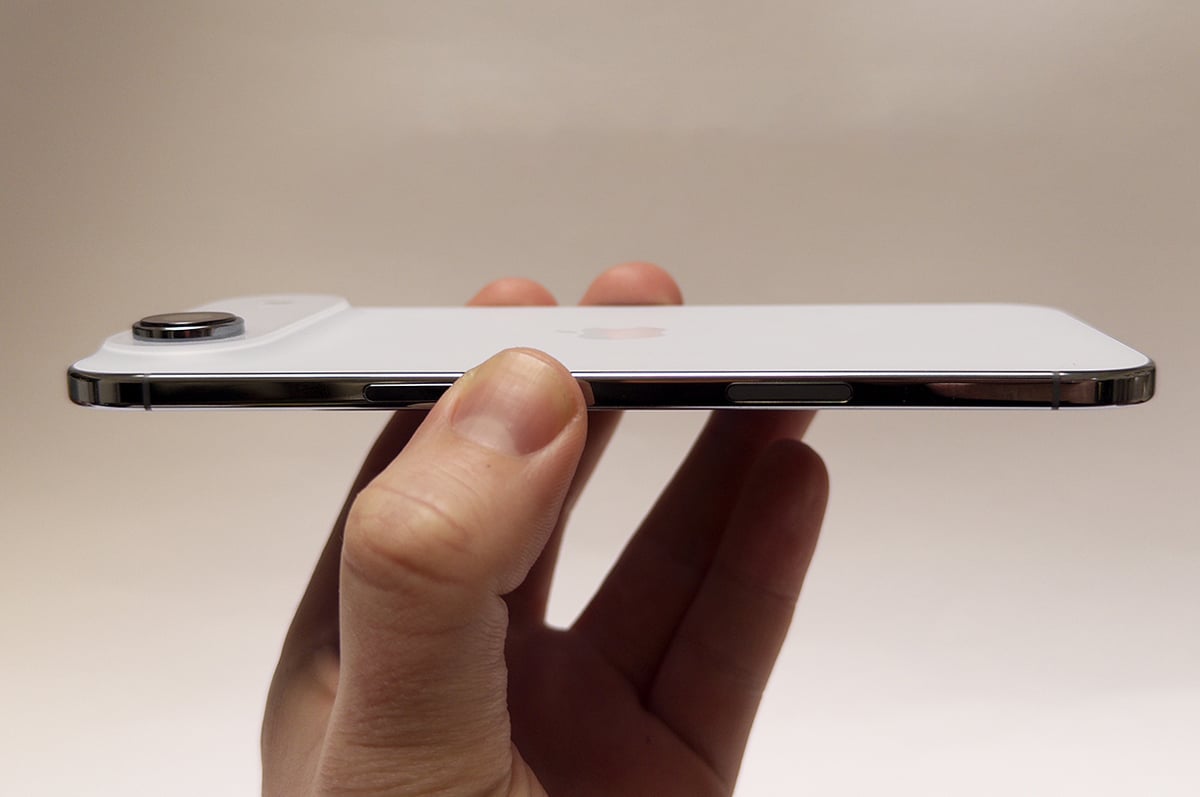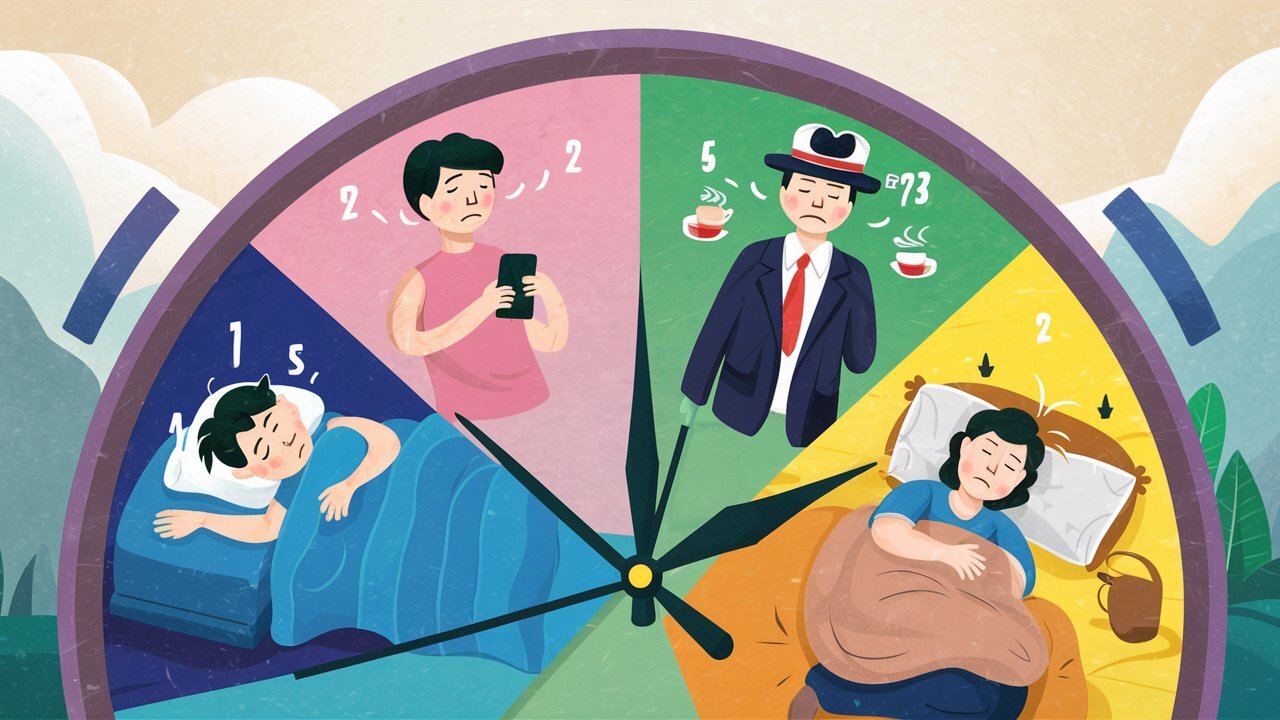The study highlights that observing how people transition from one sleep phenotype to another over time can provide critical information about health conditions such as diabetes, sleep apnea, and even diseases such as COVID-19.
The researchers found that it was these transitions, rather than the average sleep phenotype, that provided valuable information about health risks. For example, frequent switches between sleep types were associated with increased health risks, demonstrating the “prognostic potential of continuous sleep monitoring.”
Benjamin Smarr, lead author of the study, emphasized the role wearable devices play in capturing these nuances and noted the importance of wearable devices in identifying health risks that would otherwise go undetected.
News materials cannot be equated with a doctor’s prescription. Consult an expert before making a decision.
Source: Ferra
I am a professional journalist and content creator with extensive experience writing for news websites. I currently work as an author at Gadget Onus, where I specialize in covering hot news topics. My written pieces have been published on some of the biggest media outlets around the world, including The Guardian and BBC News.











